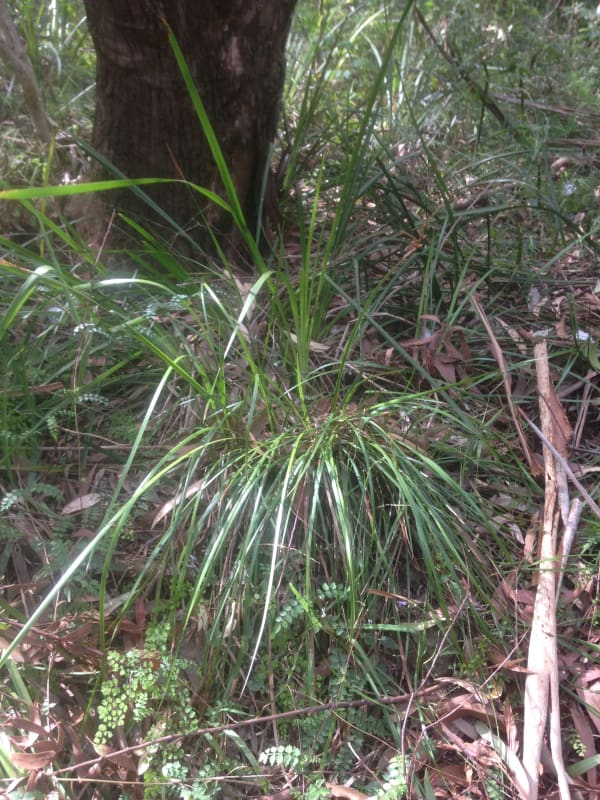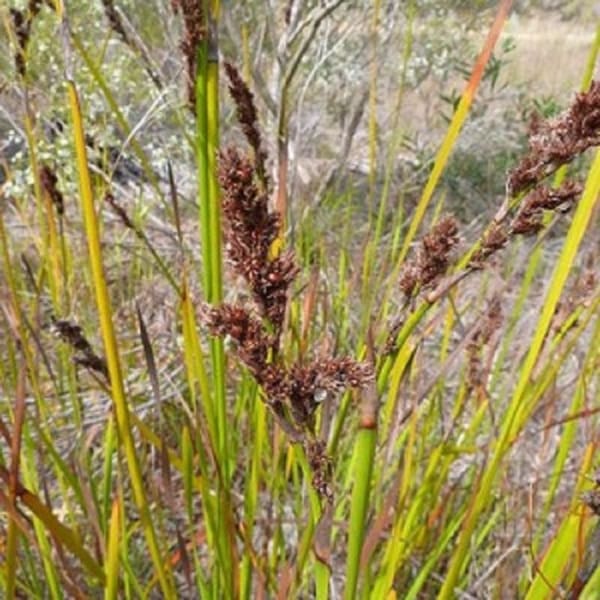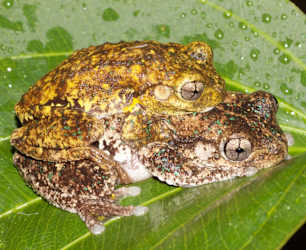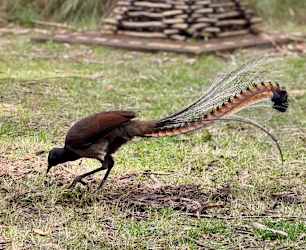Some of the most amazing habitat plants of Australia, including of our region, don't have a high profile, particularly when it comes to gardening. They may be small or insignificant, visually unappealing to people accustomed to conventions of lush verdant vegetation or neat and orderly garden forms, or positively dangerous (spiny, thorny or slicey).
This week's plant, the Coastal Sword Sedge, or Lepidosperma laterale, probably falls into more than one of these categories, but as you can guess from the name, it's definitely one of the sliceys. Its narrow, shiny green leaves can easily give a terrible cut. (I've accidentally cut my fingers more than once just trying to identify which species of Lepidosperma I was looking at.)
And for this reason, Sword Sedges generally don't receive much public recognition: they're not grown or sold in nurseries, they're not feted as habitat species, and they're almost never used in gardens or landscaping. This is a massive missed opportunity, because Sword Sedges (Lepidosperma species) provide absolutely outstanding habitat value for fauna ranging from tiny insects up to mammals such as Swamp Rats (Rattus lutreolus) and Wombats (Vombatus ursinus).
Here's a typical Coastal Sword Sedge (Lepidosperma laterale), just minding its business in the understorey, just to get you thinking about what they look like and how much space one might take up. Think a delicate-looking but slicey version of Spiny-headed Mat-rush (Lomandra longifolia).

So many people are interested in local plants because of their fauna value. And on those grounds, Coastal Sword Sedge, and all the local Sword Sedges, should be a top priority!
They are widespread in the region, with 11 different species present across a wide range of ecological communities, from heathlands up on the plateau, wet sclerophyll (eucalypt) forest in the escarpment foothills, to grassy woodlands along the coastal plain. For any local area, garden or bushland site, there would be at least one or two Sword Sedge species that would grow there and should be allowed to grow there.
Just going back to their habitat value, a wide-ranging article by Russell Barrett gives many other interesting details about the fauna that use Sword Sedges. For example the Pilotbird, locally uncommon, is recorded as using Sword Sedge leaves in their nests, or even nesting in Sword Sedge plants. The article also records more common bird species interacting with Sword Sedges, including Crimson Rosellas and Eastern Rosellas, plus a few others. The Three-spotted Skipper butterfly depends largely on plants in this genus.
Various species of ants are recorded as dispersing the nutlets (which contain the seeds), getting a feed themselves while helping the plants spread out geographically. And there are also associations with snails, arachnids (spiders and spider-like creatures) and fungi.

What more can be said, except that anyone interested in biodiversity should look out for local Sword Sedges and, if possible, include them gardens and larger landscaping projects. That is, if you can find them at a nursery!
Reference
Barrett, R.L. (2013). Ecological importance of sedges: a survey of the Australian Cyperaceae genus Lepidosperma. Annals of Botany 111(4), pp499-529. Accessed 7 April 2024. Available online here.





